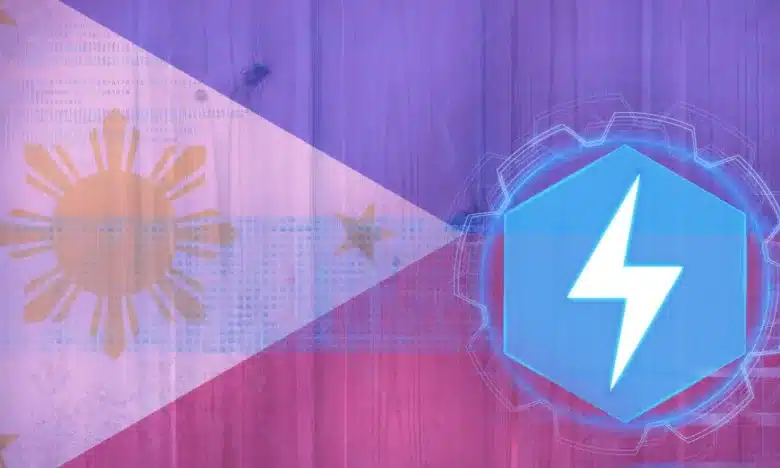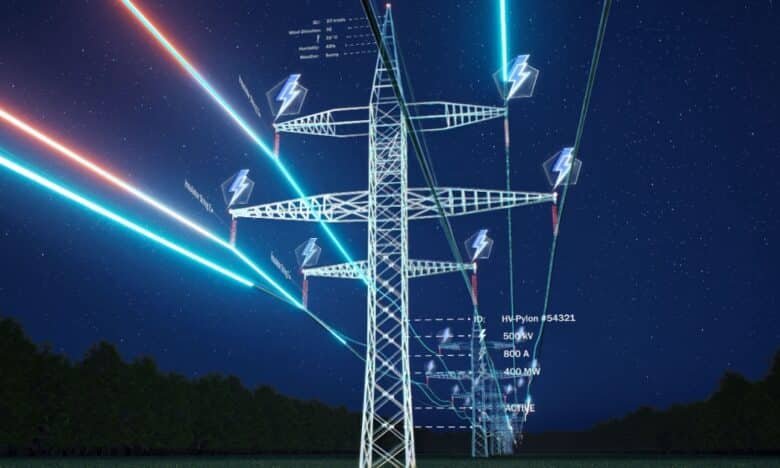
Empowering Remote Communities Through Microgrids
- April 28, 2025
In a country of over seven thousand islands, the path to providing electricity to remote and underserved communities is fraught with hurdles. With an estimated 10.25 million Filipinos without access to electricity, microgrids could be the solution to improved energy access and resilience.
A microgrid is a small, local power system that can work independently or alongside the main electricity grid. It typically integrates different energy sources—like solar panels, wind power, and batteries—to produce and store electricity near where it is needed. Microgrids can keep the lights on even if the main grid goes down, making them especially useful in areas with unreliable power.
(Also read: Securing a Stable Power Supply Crucial for Lowering Electricity Prices in the PH)
Benefits of microgrids
Because microgrids can operate independently of the main grid, they can provide reliable and decentralized power to places that would be difficult or expensive to connect to the main grid, benefiting the communities they serve in several ways.
- Decentralization. Communities can produce and use electricity right where it is needed. In traditional power grids, electricity travels long distances through power lines, wasting a lot of electricity. Microgrids reduce transmission losses, making the system more efficient and reliable.
- Resilience. During emergencies such as natural disasters, microgrids can power critical infrastructure such as hospitals, shelters, and communication centers during and after disasters. They can also quickly power temporary facilities like field hospitals and emergency command centers, which are crucial during the early days of disaster response.
- Renewable energy integration. Microgrids make it easier to use clean energy sources like solar and wind. This helps communities rely less on fossil fuels, produce cleaner electricity, and work toward their sustainability goals.
- Scalability. Microgrids are flexible and can grow with a community’s needs. As a community or facility expands and requires more energy, additional energy sources or storage can be added to the microgrid without interrupting its current operations.
In the Philippines, microgrids are especially valuable in rural and off-grid areas such as island provinces and mountainous regions.
Consider the story of Barangay Cabayugan, Puerto Princesa City. In the past, restaurants and shops couldn’t serve ice water to the many tourists visiting the Puerto Princesa City Subterranean River National Park (PPSRNP), a UNESCO World Heritage Site. Fishermen struggled to preserve their catch because there was no access to ice. Without refrigeration or proper storage, most food products had to be brought in from the city center, more than sixty kilometers away.
All that changed in 2019 with the Cabayugan hybrid microgrid project of the Sabang Renewable Energy Corporation (SREC). Composed of a 1.4-megawatt peak (MWp) solar energy system, a 2.3-megawatt (MW) battery pack, and a 1.2-MW diesel generator, the hybrid microgrid powers a 14-kilometer smart grid and serves 700 residents.
Before the microgrid project, residents had electricity for only zero to eight hours a day with their diesel generators. With the microgrid operational, 26 percent of households use electricity for 6 to 18 hours daily, while 74 percent enjoy 16 to 24 hours of electricity daily. The SREC also reported increased residential and commercial incomes with the introduction of electricity.
(Also read: Are Electric Cooperatives Still Relevant Today?)
A call for investors
Despite its many benefits, microgrids come with challenges. Initial setup costs can be high, particularly for energy storage systems and advanced control technologies. Additionally, technical expertise is required for the design, maintenance, and integration of microgrids with existing infrastructure. Regulatory barriers and a lack of funding mechanisms further hinder widespread adoption.
The Department of Energy (DOE) is still working to finalize agreements with microgrid system providers for over 200 locations as part of its goal to bring full electrification to the country by 2028.
To speed up progress, Energy Undersecretary Rowena Cristina Guevara said the DOE is teaming up with financial institutions to make funding easier and attract more investors—an important move to keep the plan moving forward.
“It is no secret that financing projects in these areas come[s] with its own set of uncertainties, may it be geographical, technical, or financial. However, it is precisely why we are here — to address these challenges collaboratively and constructively,” Energy Undersecretary Rowena Christina Guevara said during the Microgrid Systems Provider Investment Forum last January 28.
“We are committed to working with stakeholders across the energy sector—government agencies, private investors, technology providers, and local communities—to create an enabling environment for microgrid investment,” Guevara added.
The DOE offers a range of incentives to encourage investment in microgrids. These include income tax holidays, duty-free importation of equipment and materials, cash incentives for using renewable energy in remote areas, lower property tax rates, and zero value-added tax (VAT) rates.
Powering progress
The Microgrid Systems Act, or Republic Act No. 11646, was signed into law in early 2022 to help bring electricity to areas that still don’t have reliable access to power. Under the law, microgrid system providers (MGSPs) will not need a congressional franchise like traditional power companies or electric cooperatives. Instead, they will need permission to operate from the Energy Regulatory Commission.
These MSGPs are required to join a Competitive Selection Process (CSP) before a microgrid provider can start operating in off-grid areas. The entire process—from screening applicants to submitting the final contract—must be completed within 90 days and approved by the Energy Regulatory Commission (ERC).
In the first round of this selection process, the DOE awarded eight project sites to the Maharlika Consortium. These sites include areas in Carnaza and Gibitngil (Cebu), Carlagan and Bongliw (Quezon), and Bacau, San Juan, Calasag, and Katep (Palawan). The consortium is expected to deliver 24-hour electricity to a total of 3,106 households across all the selected areas.
Microgrids could play a vital role in improving both energy accessibility and affordability, especially in remote and underserved areas of the Philippines. By bringing power closer to the communities that need it most, they reduce reliance on expensive fuel transport and long-distance transmission lines. They also open the door to cleaner, more sustainable energy solutions. As the country works toward full electrification by 2028, microgrids represent a practical, flexible, and future-ready approach to ensuring that every Filipino has access to reliable and affordable electricity.
Sources:
https://www.facebook.com/share/p/1C2ouL9VhP/
https://www.facebook.com/share/p/1F74j9MEKU/
https://tribune.net.ph/2025/01/29/doe-eyes-microgrids-for-full-power-links
https://mb.com.ph/2025/1/29/doe-urges-microgrid-investments-to-power-underserved-areas
https://doe.gov.ph/sites/default/files/pdf/issuances/ra11646-microgrid-systesms-act.pdf



